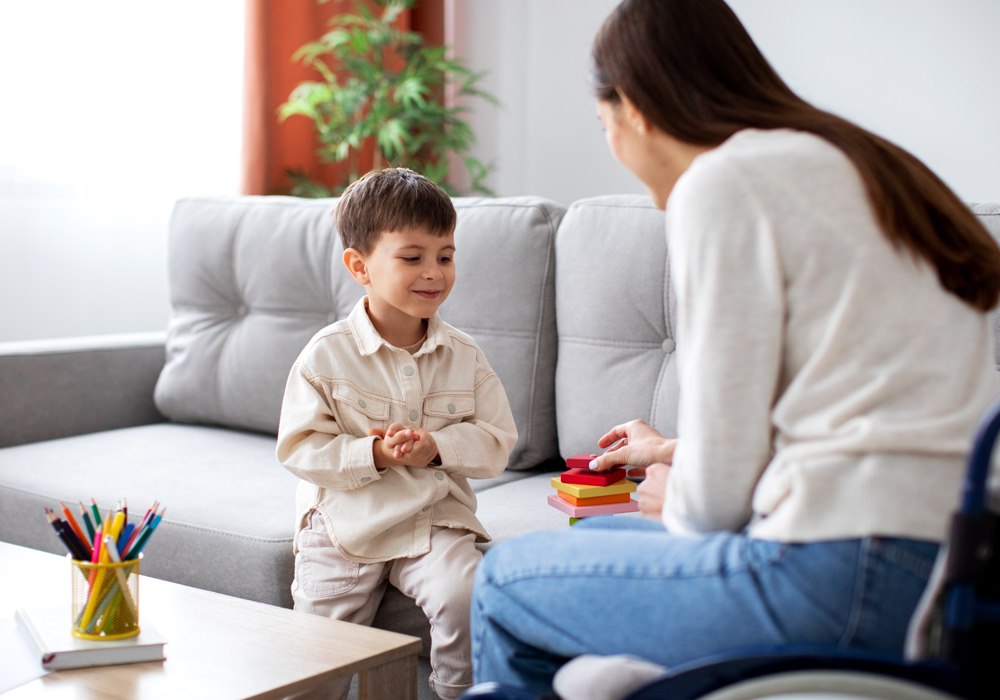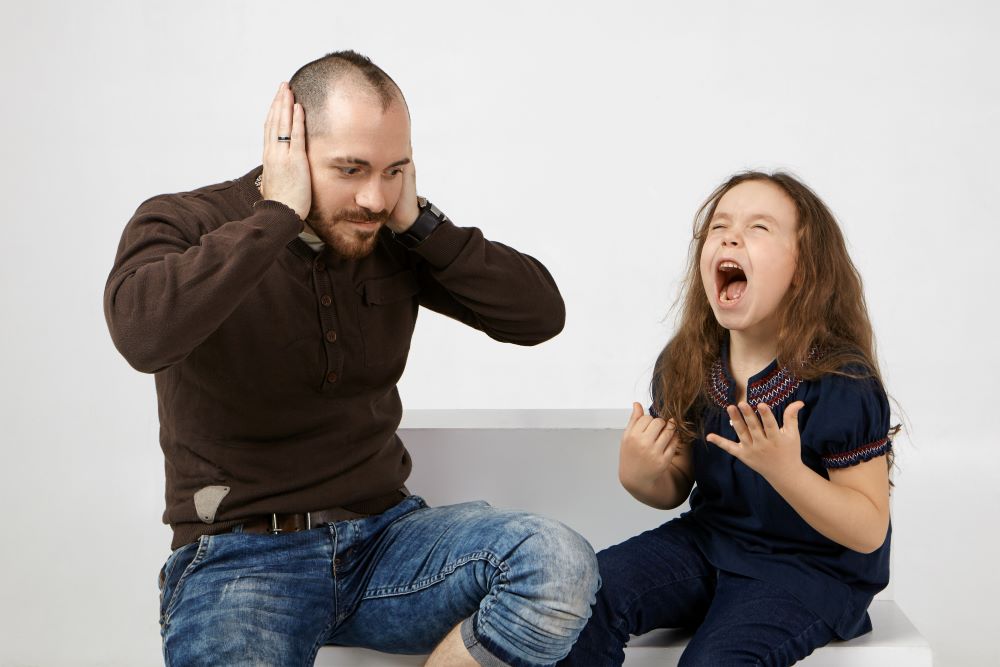Children with Autism Spectrum Disorder (ASD) usually face challenges or difficulties in expressing their emotions and sensory feelings to others, including their parents. Therefore, if you’re blessed with a special child, you should expand your sense of observation and understand the difference between your child’s usual and unusual gestures.
There are many cases in which parents overlook the signs of a critical medical issue, considering it a symptom of autism. For instance, suppose your child is complaining about their joint pain. You might overlook their complaints, thinking autism has triggered the pain in your child. However, it could be a sign of childhood arthritis, which causes physical damage to the joints. Therefore, it is crucial to understand and measure your child’s needs and discomforts every single time.
We know it’s hard to find whether an autistic child is in pain since they do not always talk about their discomfort. Sometimes, doctors ask children with autism to rate their pain level on a scale of 1 to 10, which is mostly confusing and difficult for them to do. Here, parents must perform an incomparable duty to measure their child’s behavior and discomfort.
Let’s learn about how to measure pain and discomfort in children with autism.
Vigilant Observation
Observing your child’s gestures and facial expressions is the primary step to assessing their pain. Notice if your child is sweating, yawning, or shivering. If you observe carefully, you’ll be able to distinguish their discomfort levels.
Attention to Unusual Behavior
If you find difficulties in identifying pain with your child’s body language, pay attention to their unusual behaviors. Notice if your child is avoiding making movements or showing less interest in the activities they usually enjoy doing.
Teaching Children to Indicate Pain
Another possible way of assessing pain in autistic children is teaching them to indicate whenever they feel pain and aches.
Dr. Mary Barbera, a BCBA-D (Board Certified Behavior Analyst-Doctoral, has some suggestions on teaching non-verbal or minimally vocal children how to point out their pain. As per her advice:
- You can instruct your child to label the pain by saying “ouch” or “boo-boo” whenever they get a bee sting or feel skinned knee. Eventually, the child will be able to indicate internal pain, like headache or stomach pain.
- Try holding a picture of Band-Aid and saying “boo-boo on my _____” to encourage your child to fill in their achy body part. Your child can fill in the blanks by speaking or pointing to the body part on an image.
- You can also use Mr. Potato Head or other body part-related toys to help your child specify the body part that hurts.
The Bottom Line
The human body can naturally reveal pain with body language and facial expressions without expressing it verbally. Therefore, by keeping a careful eye on your autistic child, you can realize whether they are in pain or discomfort.
It’s not deniable that autism can cause pain or increase the level of pain in some individuals. However, being a responsible parent, avoid making a space for negligence. Consider being enough conscious whenever your special child shares a physical discomfort, or you find something unusual by observing them.



